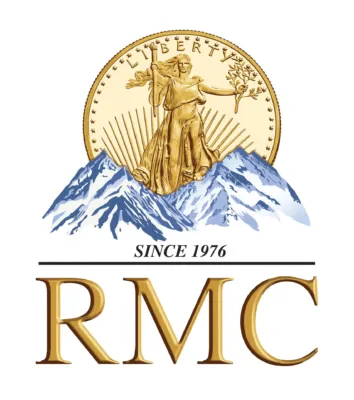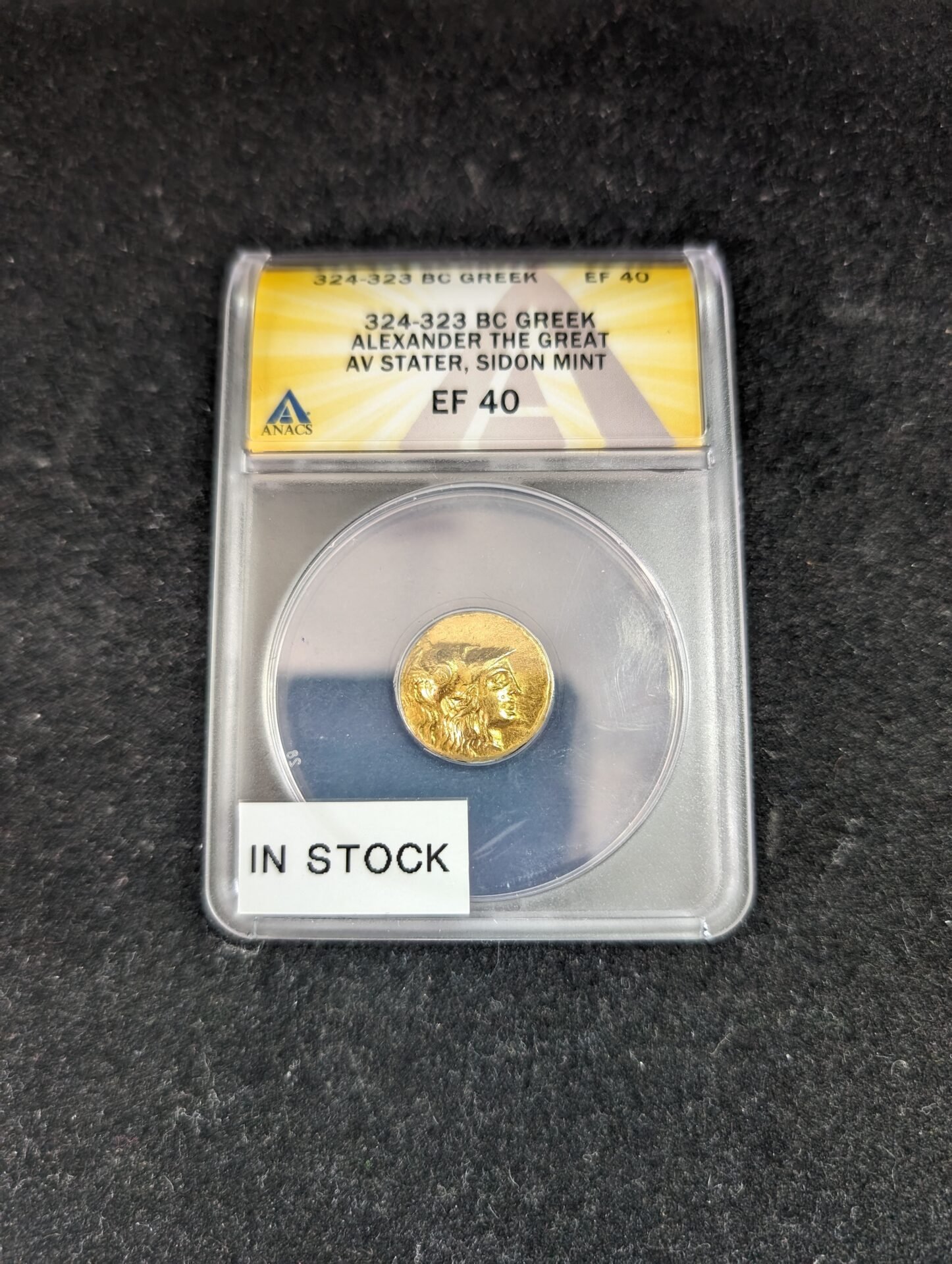We live in a global society now. You love the custom display for your coin collection, but only the people who visit your living room will see it. You want to share that new Buffalo nickel you found with a larger audience. But you’ll need a nice photo to do that.
Some people consider coins a flat object and use a digital scanner to produce an image. However, to truly capture the beauty of a coin, you need to account for its subtle dips and ridges-after all, coins are not two-dimensional objects. For that reason, we suggest using a digital camera. You don’t need an overly expensive setup or a state-of-the-art device to produce striking, shareable images.
Perhaps you feel overwhelmed at the prospect of photographing your own coins. Don’t worry-coins intimidate even seasoned photographers. With their small, highly reflective surfaces, coins present a difficult challenge when using standard photography techniques. Read below for tips that will help you feel more confident and prepared to take pictures of your prized coins.
Get the Right Equipment
Camera
A good camera is important, but it’s not everything. Without the proper lighting or technique, even the world’s best camera will produce a lackluster result. That being said, you want to ensure your camera meets some minimum specifications.
We suggest an SLR camera for coin photography. A digital camera or phone will generally not provide enough detail to produce a professional look. And without an adjustable lens, it can prove tricky to capture the perfect shot. As far as megapixels go, don’t get too hung up on a high megapixel count. As long as you don’t plan on blowing up your pictures to immense sizes, a smaller megapixel count works.
Make sure that you have a macro lens or a macro setting on your digital camera. Macro magnification allows you to focus on something close to the lens. Without macro, your image will look blurry. Look for a 1:1 focus ratio if possible.
Lighting
You will also need a key light. An adjustable lamp works perfectly well, and many people already own one. Try different bulbs if you dislike the brightness or color from your current bulb.
Support
Find a tripod for your camera. With the close focus required by coin photography, even the slightest movement as you snap the picture might ruin the photo. Ensure that the tripod fits your camera and allows you to tilt the device straight down.
Backdrop
Finally, you need a base that provides a non-distracting background for your photos. If you buy a copy stand for a base, you won’t need a tripod or maybe even a key light. Many copy stands include both of those features, but they can also be expensive. You could also try an illuminated flat panel underneath your coin as a base. Back-lighting often creates an interesting effect.
Use the Proper Technique
Find the right lighting setup for the photo that you want. When you change the light’s angle, it produces different results. A light directly overhead or backlight without any other lighting usually yields subpar results-light from an angle works best. Change the direction of the light (left, right, in front, behind) to see which angle highlights the best features of your coin.
If the contrast between light and shadow on the coin seems too harsh, consider using a diffuser between the key light and your coin. A diffuser is a sheet that mellows any light shining through it, softening and spreading out the effect.
You can pair a diffuser with a reflector for even better results. A smooth white surface will work as a reflector. Simply place it on the side of your coin opposite the light source. This technique produces a fill light effect, lowering the contrast by filling in shadows.
Once you find the perfect light for your coin, you need to take the official photo. If your camera has a self-timer feature, use it. When you push the shutter release button, you might jostle the camera a little bit. A quick self-timer allows you to press the button and wait a few seconds for the picture to take.
Finish Your Photo through Editing
Once you snap your flawless photo, you need to upload it to your computer. Many modern cameras come with their own photo-editing software. If you don’t have access to your own software, download a free image manipulation program like GIMP.
For coin photography, you probably don’t want to use any fancy tools or techniques in the photo-editing process. After all, you want the picture to reflect your coin’s natural uniqueness and splendor. We suggest sticking with simple tools like brightness, contrast, rotations, and cropping.
Make sure to save your image before you make any adjustments to it. That way, you can always start fresh with the original photo if your alterations go awry. Once you finish editing, make sure to save or export your image at the highest settings possible.
With the right equipment, proper technique, and modest editing, you can create dazzling photos of your coins and share your collection with the world. Part of the magic of coins is how they circulate around the world and end up in the unlikeliest of places. Keep that magic alive by photographing and sharing your coin collection.




